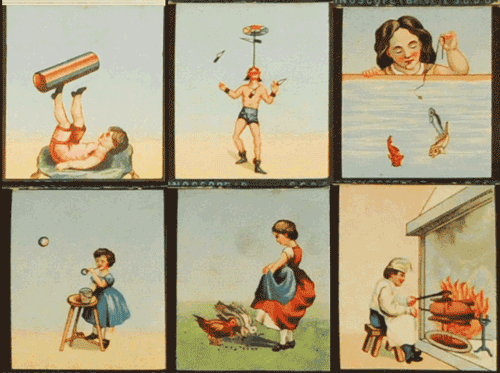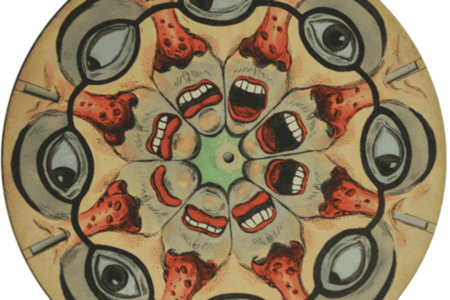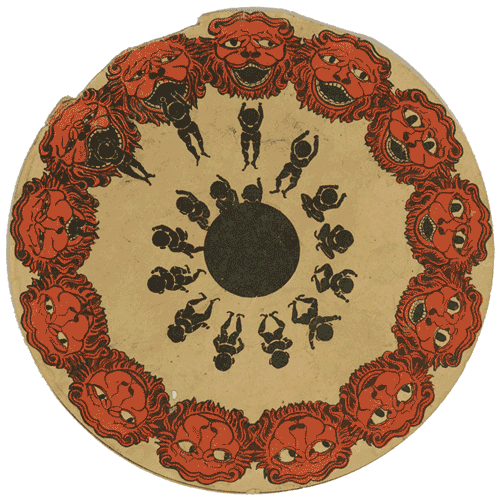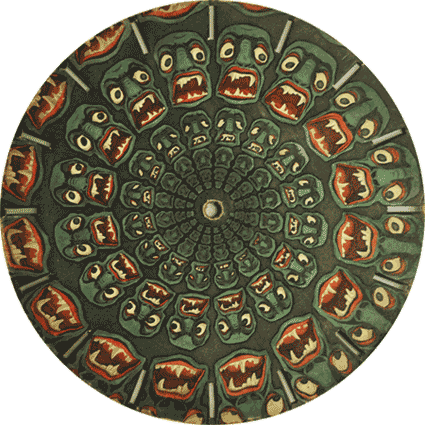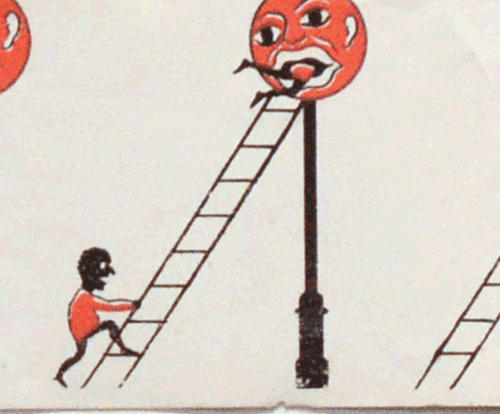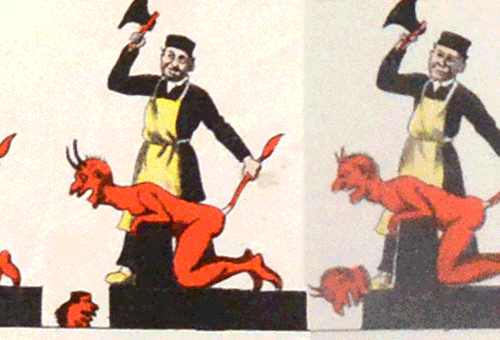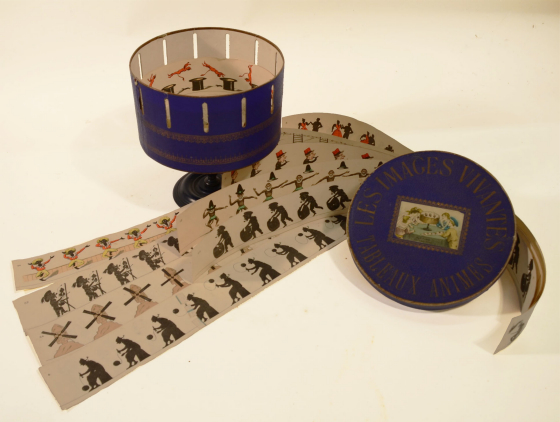“Optic toys”: the world’s first GIF-making machines (8 pictures)
Richard Balzer’s love affair began about 40 years ago, when he saw his first magic lantern — an early image projector invented in the 1600s. The experience would prove transformative.
“I was just stunned,” he says. “I think I fell in love.”
Balzer, a New York native, was working abroad as a photographer at the time, but the encounter kindled a dormant passion that would persist for decades. He began scouring for magic lanterns at flea markets across London and Paris, and soon expanded his collection as he learned more about early animation technology. Today, he has thousands of illustrations and machines at his Boston-area home, including phenakistoscopes, praxinoscopes, and zoetropes — all “optic toys” that were, in effect, the world’s first GIF-making machines.
Balzer, 69, has spent the past five years curating a virtual museum of his collection online, publishing detailed drawings, diagrams, and photographs of the 19th-century animations he’s accumulated over the years. More recently, he began converting these curiosities into GIFs and publishing them to his Tumblr, allowing 21st-century viewers to see what early animation looked like before the dawn of cinema and modern photography. The results are equal parts mesmerizing and grotesque.
Belgian physicist Joseph Plateau is widely credited with inventing the phenakistoscope in 1832 as part of a study on how the eye perceives illusions. The device consists of a circular disc that spins around a vertical axis. Plateau and other artists would draw a series of still images around the disc’s center and cut equally spaced slits around its edges. The viewer would then stand behind the disc, spin it around its handle, and stare at its reflection in the mirror. The slits effectively acted as shutters, keeping the images from blurring together and resulting in what appeared to be a fluid, looped animation.

